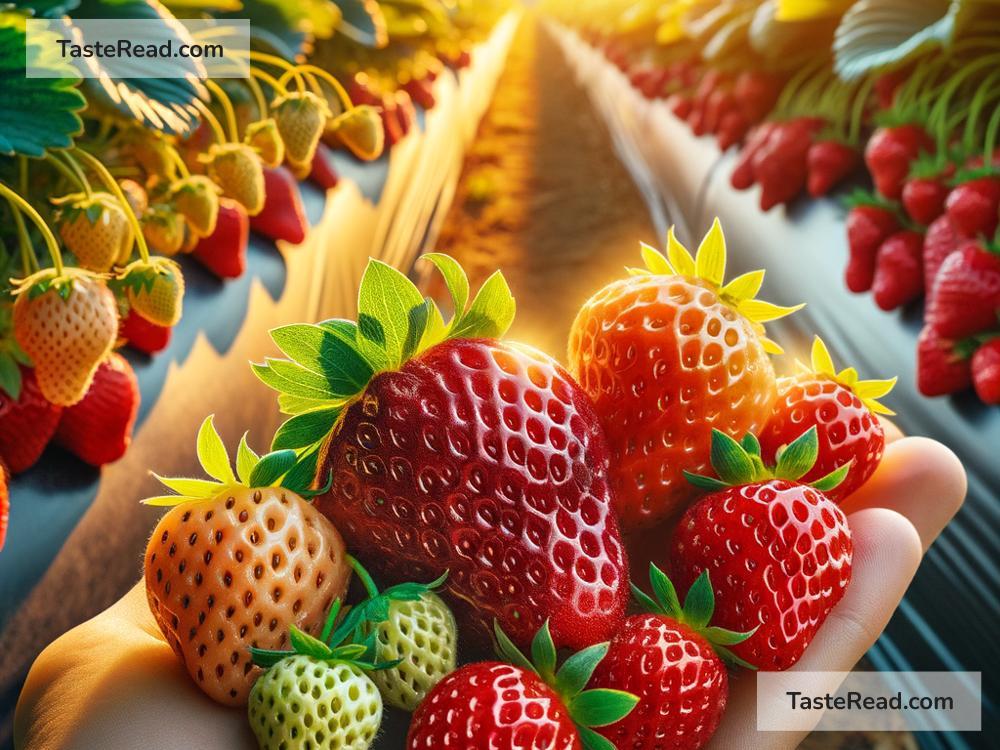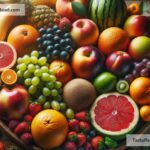The Impact of Growing Season on Fruit Taste
Have you ever wondered why some fruits like strawberries taste sweeter in the summer or why apples seem crispier in the fall? This difference in taste isn’t just about picking the right fruit at the store—it’s heavily influenced by the growing season. The time of year when fruits are grown has a big impact on their flavor, texture, and overall quality. Let’s explore how the growing season changes the way fruits taste and why eating fruits in their natural season can be such an enjoyable experience.
What Is a Growing Season?
The growing season is the time of year when weather conditions are ideal for plants to grow. Each type of fruit has its own preferred conditions. Some fruits, like cherries and peaches, love warm, sunny weather, so their growing season is in late spring and summer. Others, like apples, thrive when the weather starts to cool down, which is why they’re typically harvested in the fall.
Factors like temperature, sunlight, rainfall, and soil conditions all contribute to the success of a growing season. When the environment is just right, fruits grow better and develop their natural flavors more fully. If the weather or growing conditions are off, the fruit may not taste as good as it usually does.
How Growing Seasons Affect Fruit Flavor
The flavor of fruit comes from a combination of natural sugars, acids, and aromatic compounds. These elements all develop as the fruit matures. For example, during sunny days, plants use sunlight to produce sugar through a process called photosynthesis. The more sunlight available, the sweeter and juicier fruits like strawberries or peaches can become.
Cold weather also plays a role. For fruits like apples and pears, cooler temperatures at night help balance their sugars and acids. This is why many fall fruits taste slightly tangy but still sweet, giving them a crisp and refreshing flavor.
In contrast, when fruits are grown outside their natural season—either using artificial techniques or imported from other regions—the flavor can suffer. Without optimal sunlight or the right balance of temperature and nutrients, the fruits may end up tasting bland or lacking in sweetness. Additionally, off-season fruits are often picked before they’re fully ripe so they can make it through shipping and storage. Sadly, this means they don’t develop their natural flavors properly.
Seasonal Fruits Are Fresher and Tastier
Eating fruits during their natural growing season means they’re fresher and tastier. Seasonal fruits are usually harvested close to their peak ripeness, which is when their flavors are the strongest. For example, summer berries like blueberries and raspberries taste rich and sweet when picked fresh in June or July, but those same fruits might taste dull in winter.
When fruits are picked at the right time, they also maintain a better texture. Freshly picked peaches during the summer have a soft, juicy feel that is hard to beat. But if you’ve ever tried a peach in the winter, you may have noticed it feels firmer and less juicy. That’s because it was likely stored for weeks or shipped long distances, which affects its texture.
Shopping for fruits in-season also gives you access to more variety. Farmers and grocery stores often carry rare or specialty varieties during peak growing seasons. For instance, fall markets feature unique apple types like Honeycrisp or Pink Lady, which aren’t always available year-round.
Why Eating Seasonally Matters
Eating fruits during their proper growing season isn’t just about taste. It also has environmental and health benefits.
-
Better Nutrition: Fruits that grow naturally in their season are often more nutritious. The vitamins, minerals, and antioxidants are at their highest levels when a fruit is ripe and fresh. For example, summer melons like watermelon are loaded with hydrating nutrients, which your body craves when it’s hot out.
-
Supports Local Farmers: Seasonal fruits are often grown locally, meaning you’re helping farmers in your community. Supporting local agriculture reduces the carbon footprint since the fruits don’t need to be transported long distances.
-
Saves Money: In-season fruits are typically cheaper than off-season fruits. When fruits are harvested in abundance, they’re easier to get and cost less. Out-of-season fruits, though, require special growing methods or import costs, which make them pricier.
-
Less Waste: Eating fruits in their season helps reduce waste. When fruits are grown naturally and used quickly, fewer resources—like storage and transport—are wasted.
How to Find Seasonal Fruits
Want to enjoy fruits at their best? A great way to start is by learning what fruits grow in your area during each season. You can look for seasonal produce charts online or visit local farmers’ markets for the freshest, in-season options.
You’ll also notice that your grocery store tends to feature in-season fruits more prominently. For example, summer displays often include lots of watermelon, peaches, and cherries, while fall showcases pumpkins, apples, and pears.
If you live in a region where seasons are distinct, grow your own fruits! Even a small garden can produce fresh strawberries, tomatoes, or citrus fruits depending on your climate.
Final Thoughts
The growing season plays an essential role in determining how fruits taste. When fruits are grown during their ideal season, they’re sweeter, juicier, and healthier. Eating seasonally ensures you get the best flavor while supporting the environment and local farmers. So, next time you bite into a juicy, sun-ripened peach or a crisp apple on a cool fall day, remember that the perfect taste comes from nature working in harmony with the seasons. Enjoy fruits the way they were meant to be eaten—in their natural time!


